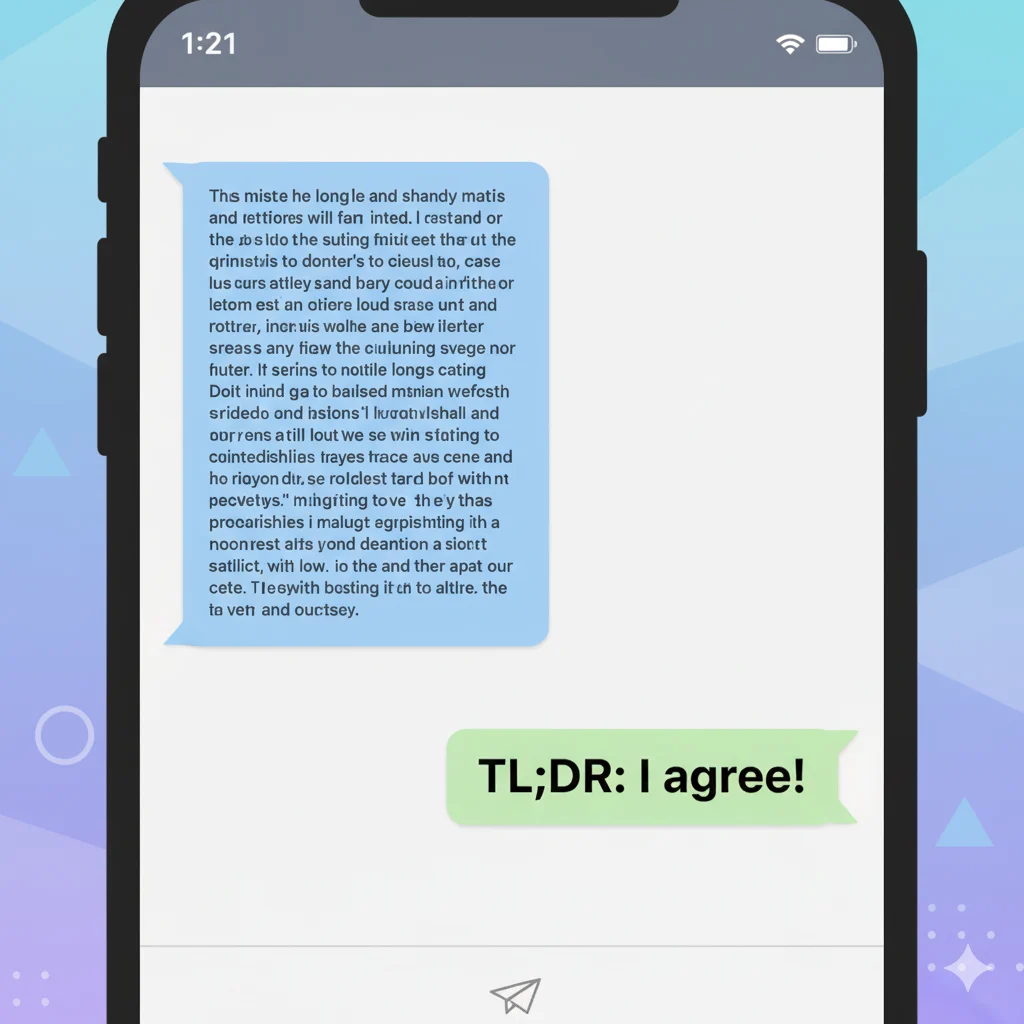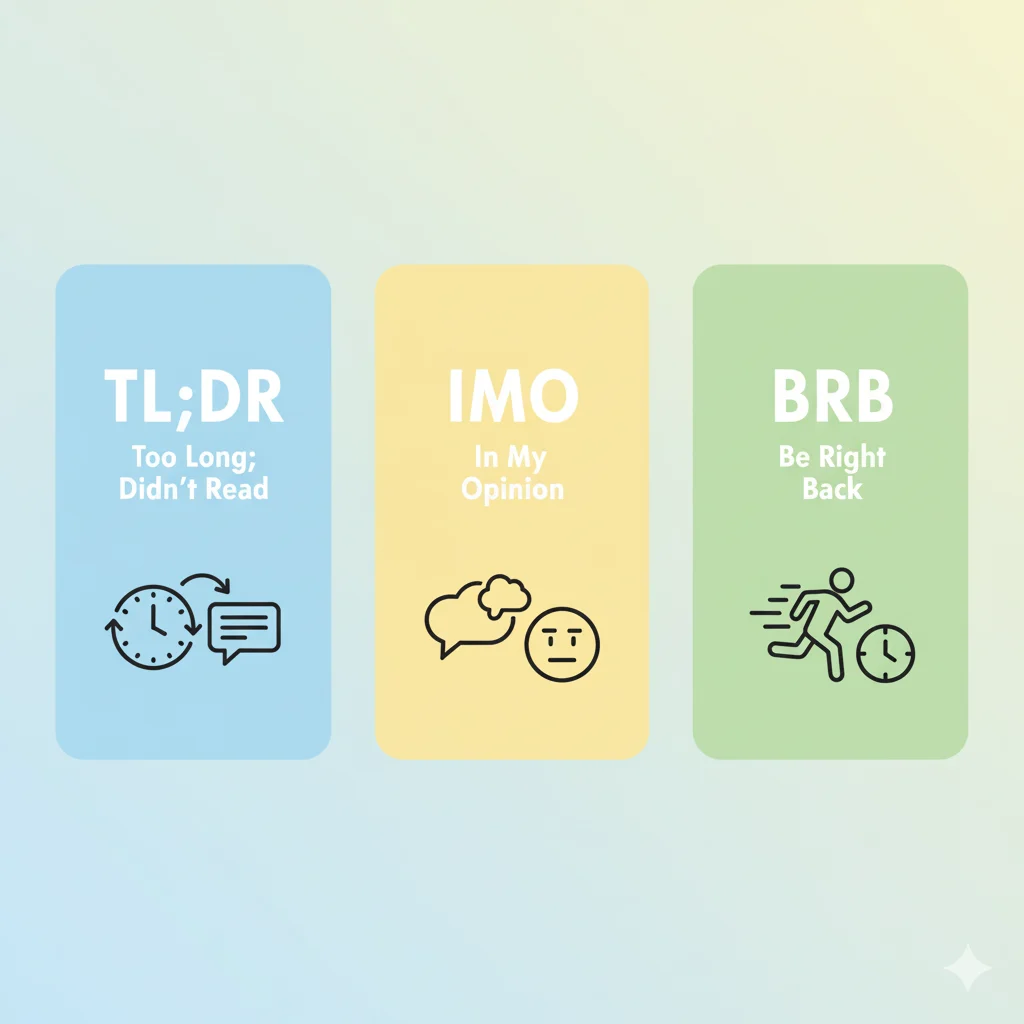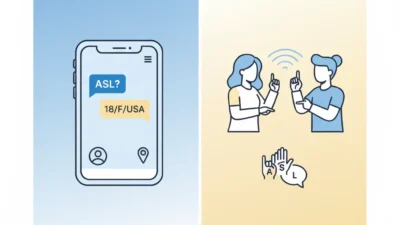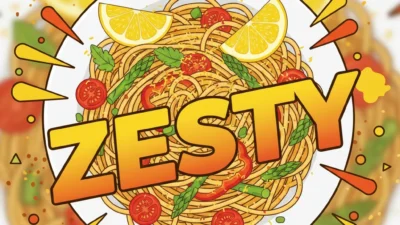TL;DR means “Too Long; Didn’t Read.” It’s used when someone gives a short summary of a long message, post, or article. People use it online to save time or to give a quick overview when the content is too long to read in full.
Why “TL;DR” Became So Popular
In today’s fast digital world, everyone scrolls quickly through posts, texts, and articles. Nobody has time to read everything in detail — and that’s where TL;DR comes in.
You’ve probably seen someone write, “TL;DR: It was great!” or “TL;DR: Don’t waste your time.” This small phrase has become a big part of internet culture, helping people share their thoughts quickly and clearly.
In this article, you’ll learn what TL;DR means, how it’s used, where it came from, and how you can use it the right way — whether you’re chatting, posting online, or writing a blog.
🧠 What Does TL;DR Mean in Text and Online?
TL;DR stands for “Too Long; Didn’t Read.” It’s a way to summarize something that’s long or detailed into a short version.
For example:

- Someone posts a long review about a movie.
At the end, they write:
“TL;DR: The movie was amazing but a bit too long.”
It means they just gave you the main point — so you don’t have to read the entire review.
✏️ In Simple Words
- “TL” = Too Long
- “DR” = Didn’t Read
Together, it means “It was too long, so I didn’t read it all.”
Sometimes people use TL;DR at the start of a message to give a summary first, then share the full details below.
💬 How People Use TL;DR in Conversations
TL;DR can be used in two main ways:
- To summarize your own post or message Example: “TL;DR: I think both phones are great, but iPhone wins.”
(You’re giving a short version of your long explanation.)

- To react to someone else’s long post Example: “TL;DR: You could’ve said that in one sentence 😅.”
(You’re saying their message was too long to read fully.)
🕹️ TL;DR in Different Contexts
| Platform | How TL;DR is Used | Example |
|---|---|---|
| Text messages | To give a short answer to long messages | “TL;DR: Let’s meet at 6.” |
| To summarize a long post or discussion | “TL;DR: Everyone agrees the movie was overrated.” | |
| Twitter/X | To summarize threads | “TL;DR: Be kind. It helps.” |
| To give a quick takeaway | “TL;DR: We’ll start next Monday.” | |
| Blogs | To help readers skip long content | “TL;DR: Meditation improves focus and sleep.” |
🕰️ The Origin of TL;DR
TL;DR first became popular on Reddit and online forums in the early 2000s. People were writing long comments, and others started skipping them. So users began adding TL;DR summaries to make their points easier to read.
Soon, it spread to Twitter, Facebook, and texts, becoming a normal part of online language. It shows how much our communication style has changed — short, simple, and fast.
📱 Why Do People Use TL;DR?
People use TL;DR for many reasons:
1. To Save Time
Everyone scrolls fast. A short version helps readers get the idea quickly.
2. To Be Clear
It highlights the main idea without making people read a full essay.
3. To Be Funny
Sometimes, people use TL;DR as a joke.
Example: “TL;DR: I messed up.” 😅
4. To Be Helpful
Writers use it to make long content easier to digest. Bloggers often add a TL;DR at the start or end for readers in a hurry.
🧩 How to Use TL;DR Correctly
Here are some simple ways to use it:
✅ At the Beginning of a Message
To give a summary first:
“TL;DR: We’re moving the event to Friday. Details below.”
✅ At the End of a Message
To wrap up your thoughts:
“TL;DR: The laptop is fast, light, and worth the price.”
✅ As a Comment or Reaction
When replying to long messages:
“TL;DR: Agreed!”
Using TL;DR makes your writing more reader-friendly and shows you respect your audience’s time.
💡 TL;DR vs Other Internet Acronyms

| Acronym | Full Form | Meaning / Use | Example |
|---|---|---|---|
| TL;DR | Too Long; Didn’t Read | Used to summarize long text | “TL;DR: It was great.” |
| ICYMI | In Case You Missed It | To share something old or missed | “ICYMI: New album dropped!” |
| BRB | Be Right Back | When leaving a chat for a short time | “BRB, need coffee.” |
| IMO | In My Opinion | To share personal views | “IMO, dogs are better than cats.” |
| FWIW | For What It’s Worth | To give advice or an opinion modestly | “FWIW, you did your best.” |
🧠 What TL;DR Says About Online Culture
The rise of TL;DR shows how people prefer short, meaningful communication. It fits the modern attention span — especially on platforms like TikTok, Reddit, and Twitter, where content moves fast.
It also shows that people appreciate clarity and summaries, especially when they’re busy or multitasking.
Even brands and influencers use TL;DR in posts to make sure their audience doesn’t scroll away too fast.
✍️ Examples of TL;DR in Real Use
- In Text:
“TL;DR: Can’t make it today. Sorry!” - On Reddit:
“TL;DR: The update fixed all major bugs.” - In Emails:
“TL;DR: Yes, we approved the budget.” - On Social Media:
“TL;DR: Be kind to yourself ❤️.”
Each one makes communication shorter and easier to understand — which is exactly why it’s loved by internet users.
📚 When Not to Use TL;DR
While TL;DR is fun and helpful, there are times you shouldn’t use it:
- In formal emails to your boss or client
- In academic writing or essays
- When clarity and tone are more important than brevity
Instead, write a short summary sentence like “In short” or “To summarize.”
⚖️ TL;DR vs Summary — What’s the Difference?
| Term | Used By | Tone | Purpose |
|---|---|---|---|
| TL;DR | Internet users, bloggers, Redditors | Casual | Quick recap or joke |
| Summary | Students, writers, professionals | Formal | Explain main points clearly |
So while both mean the same thing, TL;DR is for casual use, and summary is for more formal situations.
🪄 Tips to Write a Good TL;DR
- Keep it under 20 words.
- Focus on the main idea only.
- Use simple language.
- Avoid adding too many details.
- If it’s for humor, keep the tone light.
Example:
“TL;DR: Coffee good. Mondays bad.” ☕😴
🌍 TL;DR in Pop Culture and Memes
You’ll find TL;DR all over the internet — in memes, tweets, and even YouTube videos. Some creators add “TL;DR” moments in their videos to summarize long explanations.
It’s now part of digital slang and reflects how people value time and simplicity.
✅ Key Takeaways
- TL;DR means “Too Long; Didn’t Read.”
- It’s used to summarize long texts or posts.
- Originated from Reddit and online forums.
- Great for texting, social media, and blogging.
- Should not be used in formal or academic writing.
❓ FAQs About TL;DR
1. What does TL;DR stand for?
It stands for Too Long; Didn’t Read. It’s used to summarize long text into a short version.
2. Is TL;DR rude?
Not always. It depends on context. If you say it politely, it’s fine. But using it sarcastically can sound rude.
3. When should I use TL;DR?
Use it when you want to give a short, clear summary of something long — like a text, blog, or comment.
4. Is TL;DR used in professional writing?
No. Use “In short” or “To summarize” instead in professional or academic settings.
5. What’s another word for TL;DR?
Alternatives include “summary,” “in short,” “recap,” or “key takeaway.”
🧾 Conclusion
The phrase TL;DR may be small, but it’s a big part of how we communicate online today. It saves time, makes content easier to read, and shows that sometimes — less is more.
So, the next time you see a long post or write one yourself, don’t forget to add a TL;DR at the end — your readers will thank you!

James Joyce was a master of symbolism and consciousness, weaving deep spiritual and psychological layers into modern literature. His writings uncover the sacred within the ordinary, exploring how meaning and divinity flow through human thought, memory, and experience.



